Debunking boating myths: #3 Skill
“I have never driven a boat before, so I am doubtful I can safely operate a Beyonder boat”
More than half of our members are new to boating: they have not done any boating before and are keen to get afloat. As part of your subscription, we recommend training options and provide a full 1-1 onboarding session after you join.
To learn how to operate a powerboat safely and effectively, you can book via an RYA training centre and sign up for the RYA Powerboat Level 2 (PB2) course. This two-day course consists of classroom learning and practical experience in a rigid-hulled inflatable (RIB) and is perfect for beginners! We highly recommend taking the VHF Short Range Certificate exam in addition to the PB2 course. This will give you an operator's license to legally use the VHF radios on boats, which are heavily used in the Solent for traffic information and control, calling for help if you are in distress, contacting marinas for berths, calling the water taxi, etc. The VHF course can often be done in parallel with the PB2 course, making things logistically simpler.
How your Beyonder orientation works
The next step is to schedule an orientation session with Beyonder. During this session, you'll spend a day out at sea on your chosen boat. We'll guide you through the boat's safety equipment and systems, and teach you how to manoeuvre the vessel, including leaving and entering the berth. Furthermore, we'll demonstrate refuelling procedures and show you the entry and exit procedures for Portsmouth Harbour.
We start the day by inspecting the boat's systems, equipment, and features. We have helpful videos on the Beyonder YouTube channel as a reminder.
Next, we familiarize ourselves with the local area in the Solent and the Isle of Wight. We demonstrate safe navigation out of Portsmouth Harbour and practice picking up a mooring in Seaview.
We then practice anchoring in Priory Bay, taking into consideration the tide and the depth required.
Finally, we raise the anchor and head to Cowes, showing you the Osborne Bay anchorage on the way.
We navigate through the breakwater and narrow channel into Cowes, avoiding the Red Funnel ferry and heading towards East Cowes Marina. The Boatfolk marina here is perfect for an overnight stay, with friendly staff who are familiar with Beyonder boats and happy to assist with berthing.
Afterwards, we head back home to Gosport. We pass by Stokes Bay which can be an excellent anchorage spot when the wind is from the north. Then, we make our way towards Portsmouth Harbour via the Swash way channel. During the trip, we show you the buildings located on the shore at Southsea that can help you navigate. Additionally, we practice how to enter a route into the navigation system and guide you on how to follow it.
After returning to the marina, we have lunch at the Creek restaurant, well-needed after a long morning of boating. Following lunch, we’ll practice more berthing techniques, learning how to park the boats both forward and backward. We also demonstrate how the boats are stern-heavy and tend to swing their sterns around like a pendulum, which can be used to your advantage when berthing. In our experience, most people can grasp this concept easily with enough practice.
It's important to remember the two golden rules when operating a boat: Steer then Gear, which means that you should always point the engine in the direction you want to go before putting the boat into gear, and Slow is Pro, which means that all manoeuvring in these boats can and should be done at tick over either forwards or in reverse. Even in windy conditions, the engine has enough power to manoeuvre the boat at tick-over speed. At this speed, even if you get it wrong and bump into anything, you won't leave more than a scuff, if, and more importantly, you won't be creating an amusing spectacle for onlookers.
It's worth noting that the more experienced the boater is, the more throttle they want to use, and the less impressive their berthing skills are. It's often surprising how good beginners are because they listen and do what is being asked.
By the end of the day, you'll feel tired but satisfied with the day's events. We typically wrap things up around 4 pm after refuelling the boat (Please bring your physical debit/credit card!). Once everything is settled, you'll be ready to book your first trip on the boat.
